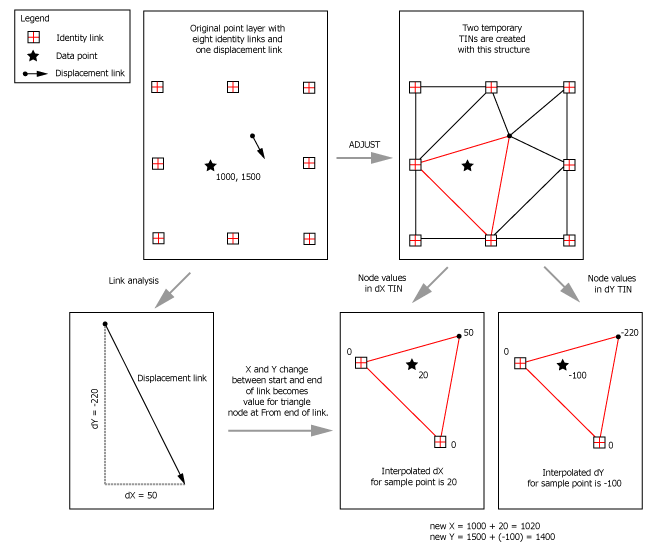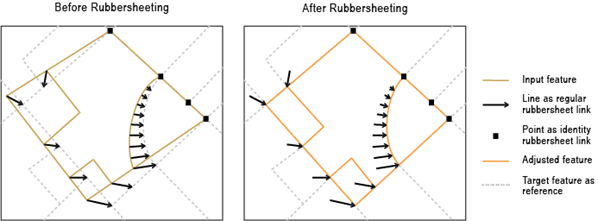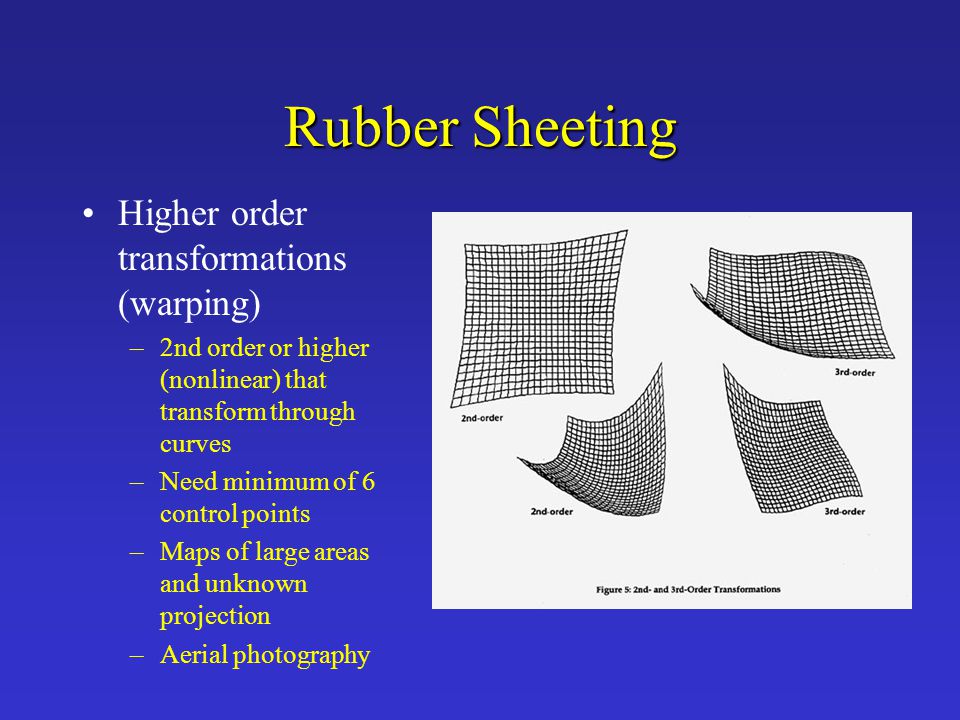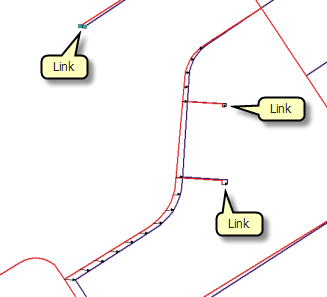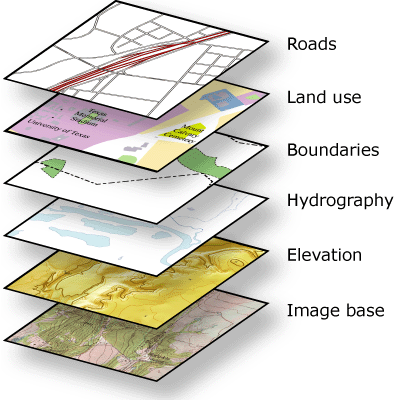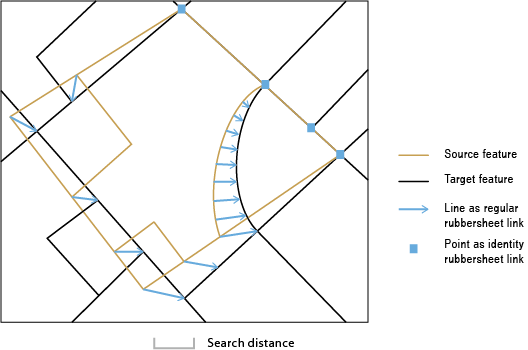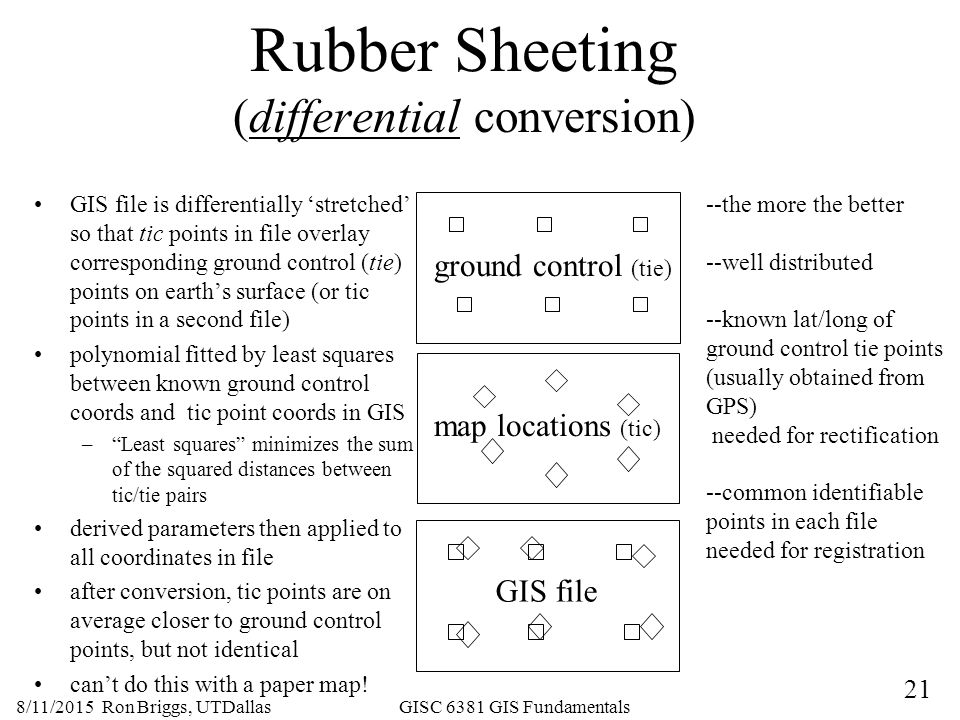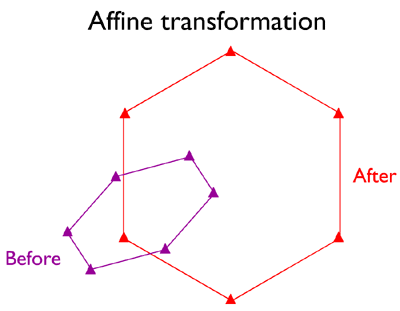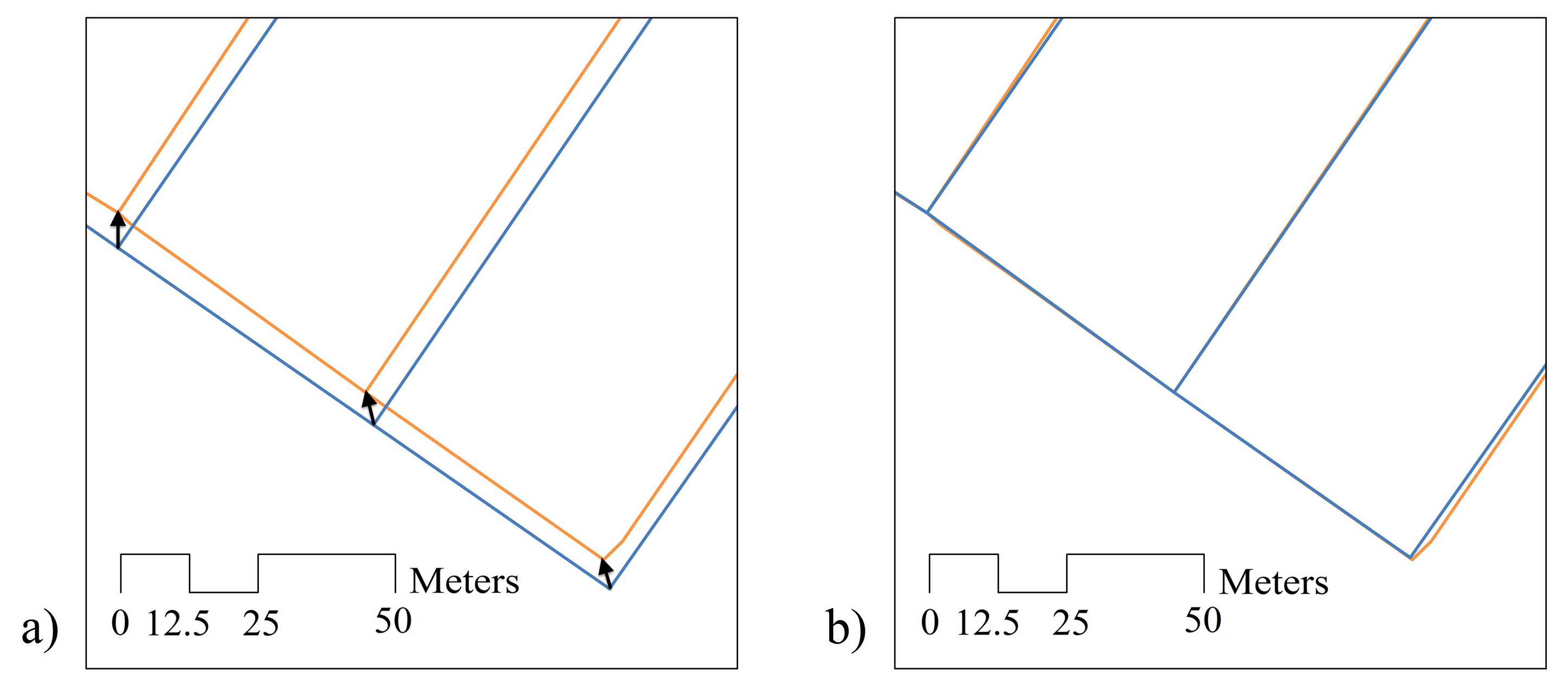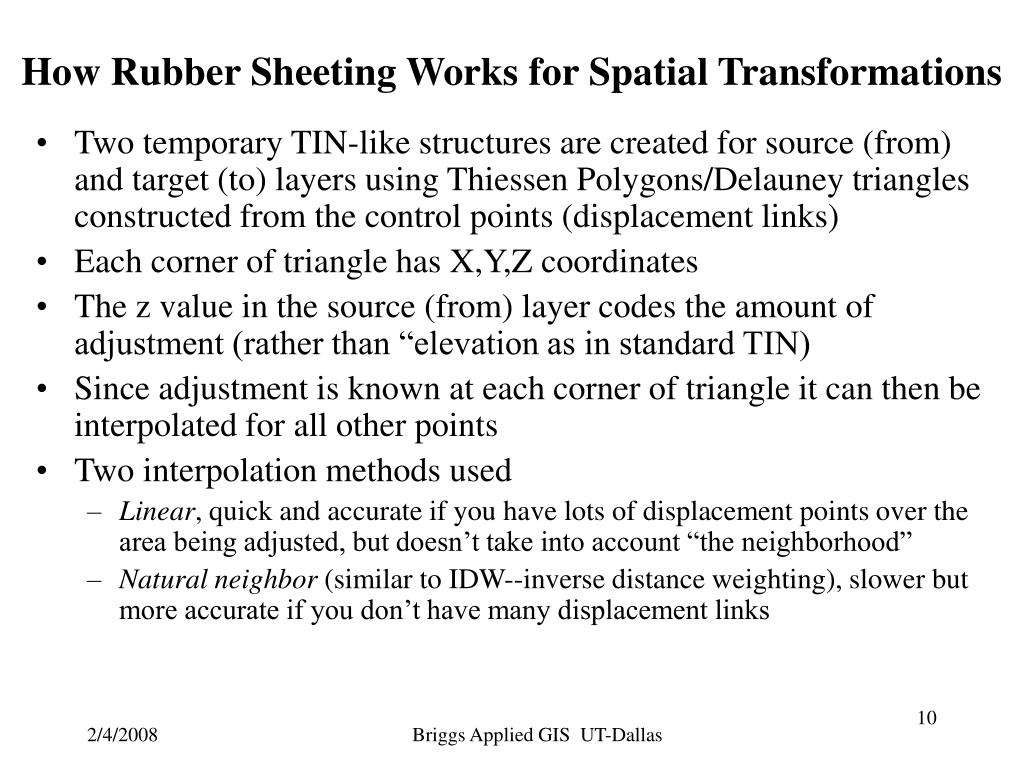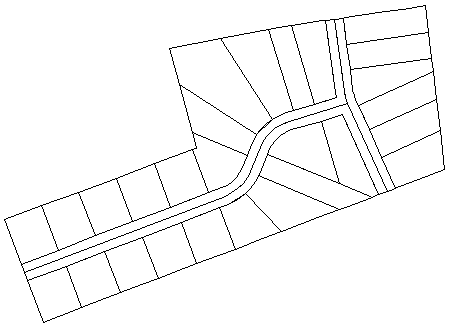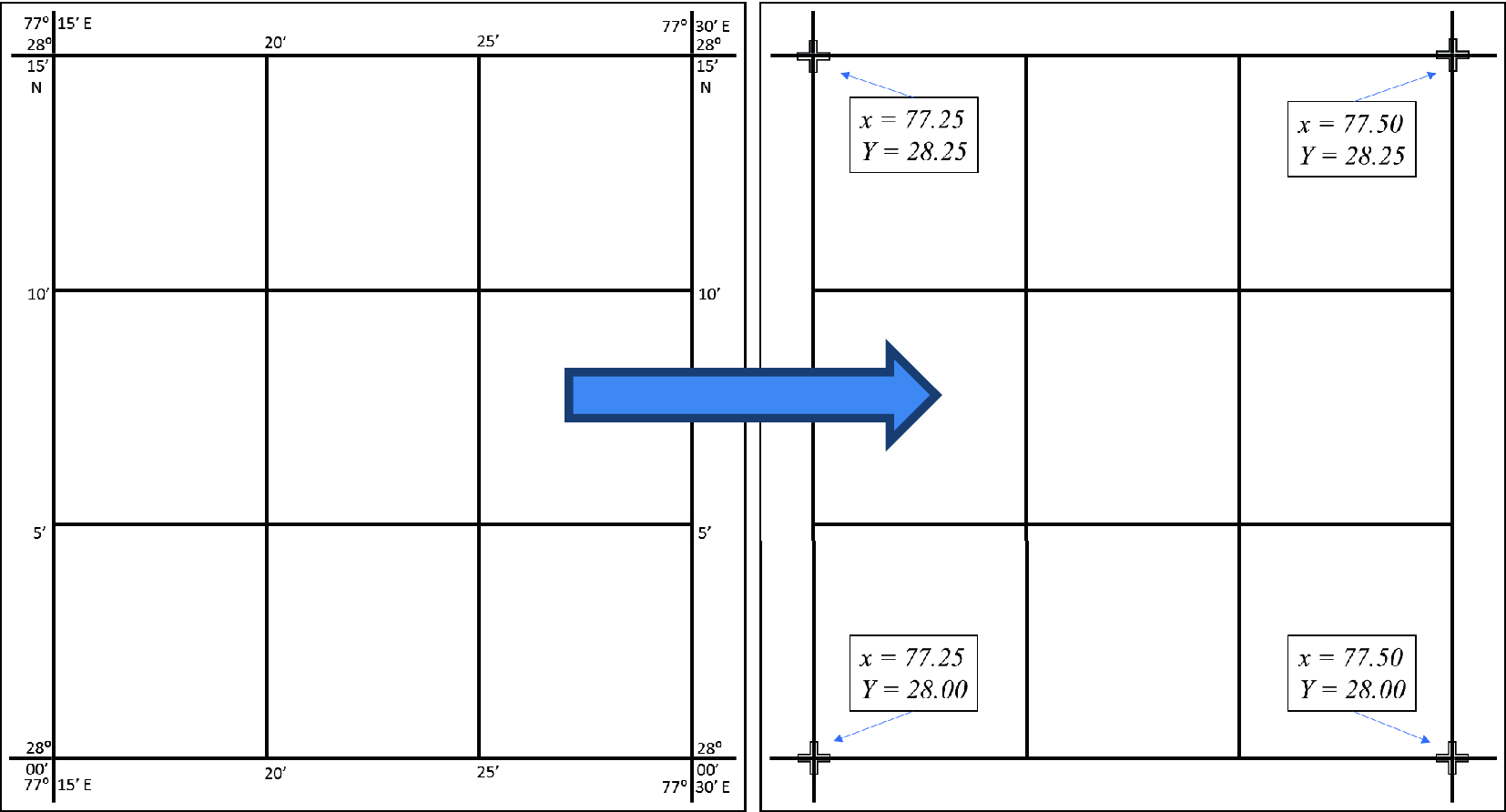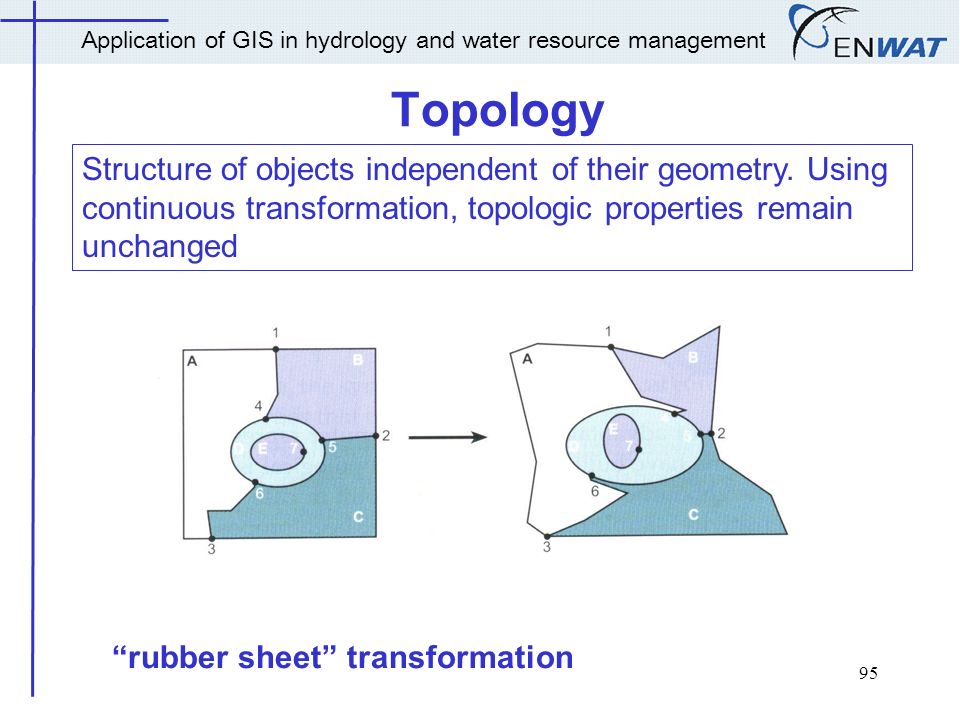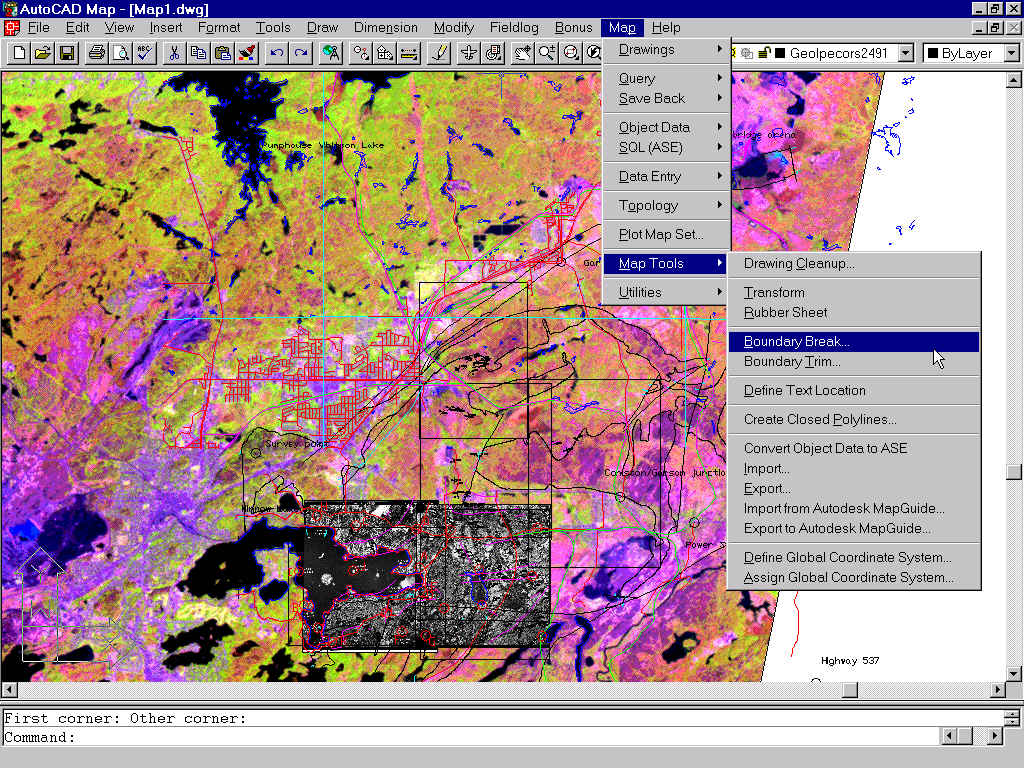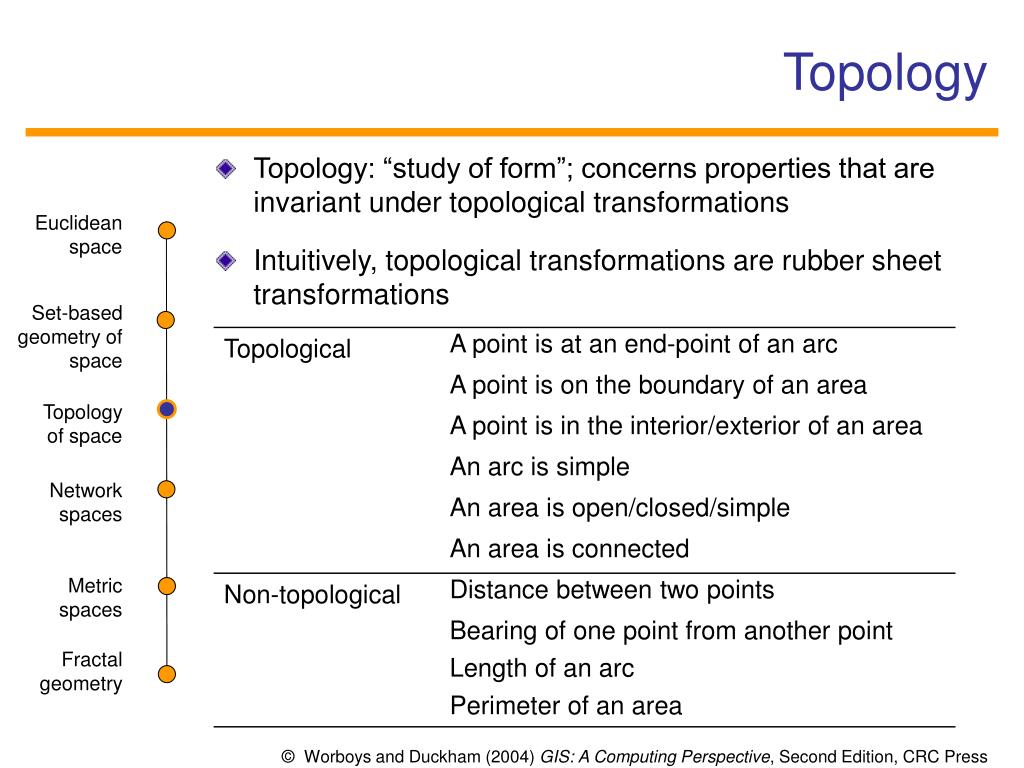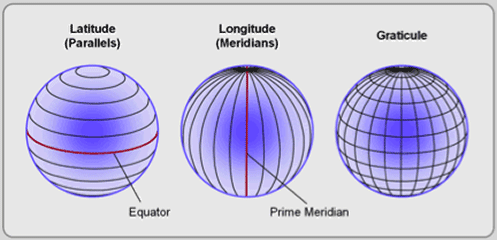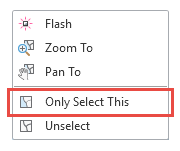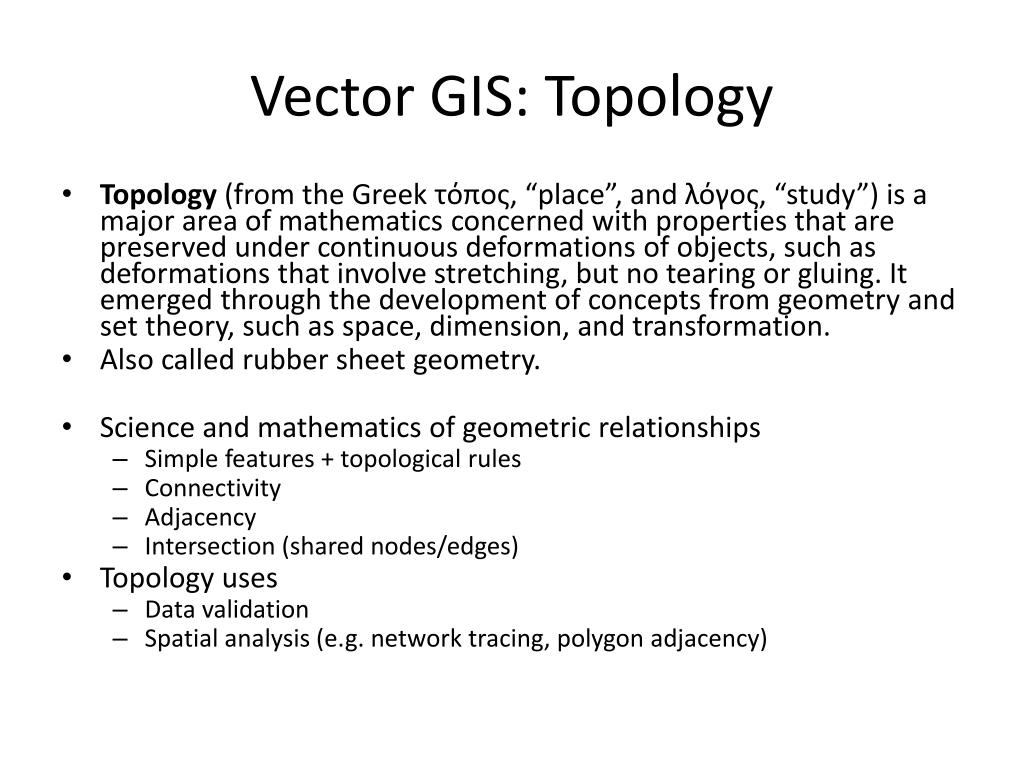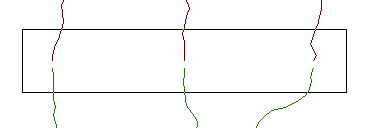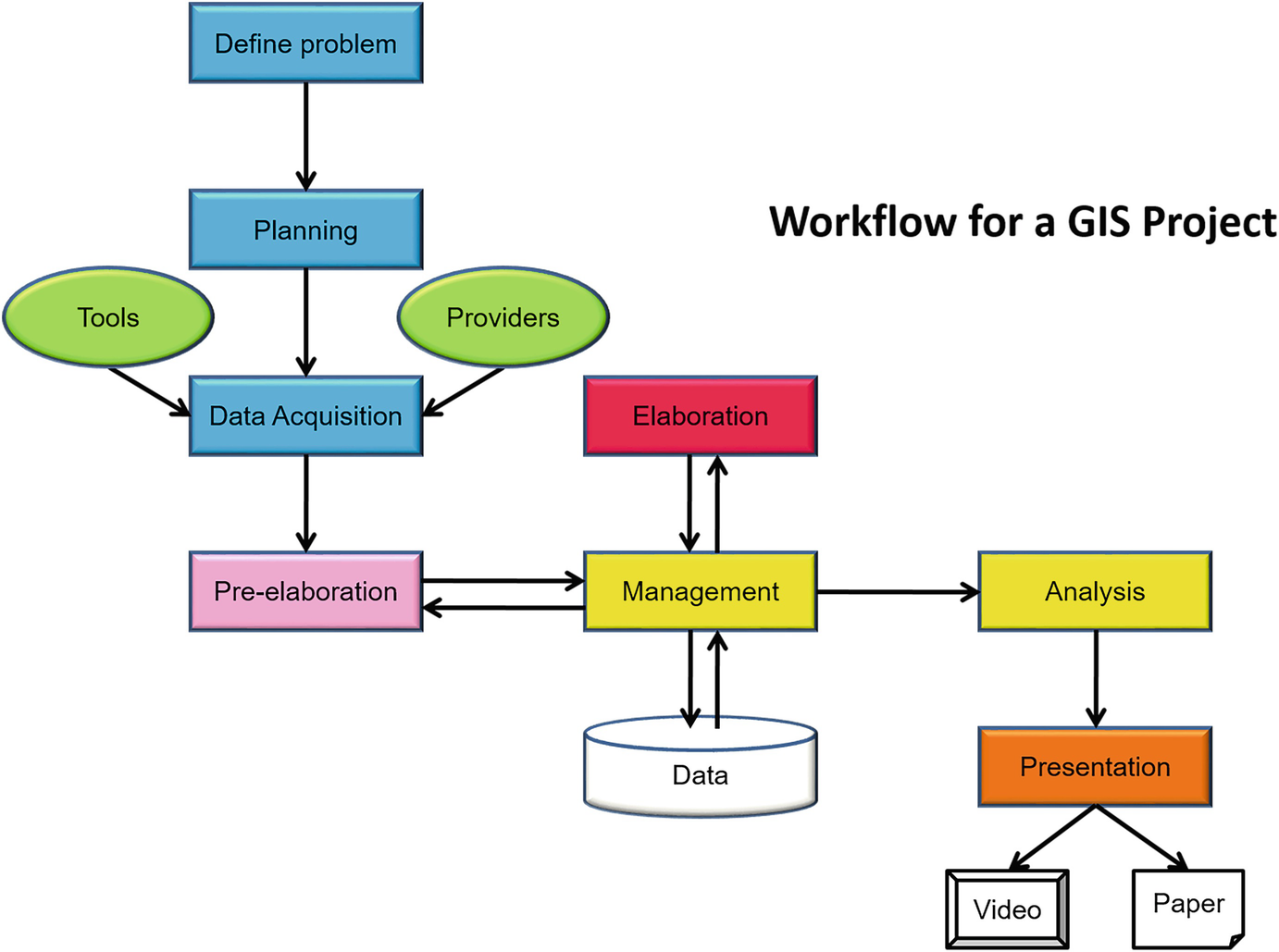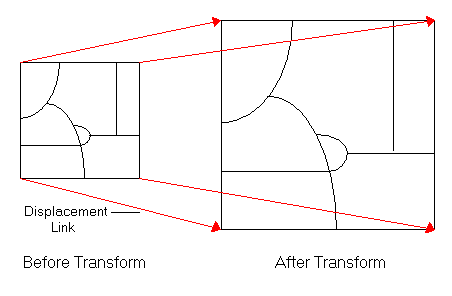Introduction historical maps are precious materials which show various spatial distribution of land use streets and so on of the historical importance at the time the maps were produced.
Rubber sheet transformation in gis.
An affine transformation can differentially scale the data skew it rotate it and translate it.
The key difference between rubbersheeting and transformations however is that the distance features move depends on their proximity to a link and the length of that link.
Many times these coordinates are obtained by doing field surveys collecting coordinates with a gps device for few easily identifiable features.
In the modify features pane transform includes linear and natural neighbor interpolation methods for rubber sheeting features.
Autodesk s autocad map 3d 1 and autocad civil 3d which includes most of autocad map 3d s functionality allows a user to rubbersheet vector data and autodesk s raster design an add in product for autocad based.
Click the options button.
This exercise will show you how to rubber sheet data by using displacement links multiple displacement links and identity links.
Click the adjustment methods drop down arrow and click rubbersheet.
The method parameter determines the interpolation method used to create the temporary tins in rubbersheeting.
Georeferencing is the process of assigning real world coordinates to each pixel of the raster.
Rubber sheeting may improve the value of such sources and make them easier to compare to modern maps.
See about spatial adjustment rubbersheeting for more details.
X ax by c y dx ey f.
Esri s arcgis 8 3 has the capability of rubber sheeting vector data and arcmap 9 2 may also rubber sheet raster layers.
Rubbersheeting is typically used to align two or more layers.
Linear this method creates a quick tin surface but does not really take into account the neighborhood.
Click either the natural neighbor or linear method and click ok.
Affine similarity and projective.
By default arcmap supports three types of transformations.
You can transform features that are visible and editable by selecting them or transform all features on specified layers.
Similar to transformations displacement links are used in rubbersheeting to determine where features are moved.
Click the spatial adjustment menu point to adjustment methods then click a transformation method.
Historical maps rubber sheet transformation gis landscape visualization 1.
Most gis projects require georeferencing some raster data.
The graphic below illustrates the four possible changes.
Autocad s land desktop allows a user to rubber sheet raster data.
This process moves the features of a layer using a piecewise transformation that preserves straight lines.
Two point displacement links define the origin and target location of the features you are transforming.
Esri s arcgis 8 3 has the capability of rubbersheeting vector data and arcmap 9 2 may also rubber sheet raster layers.
It is slightly faster and produces good results when you have many rubbersheet links spread uniformly over the data.

